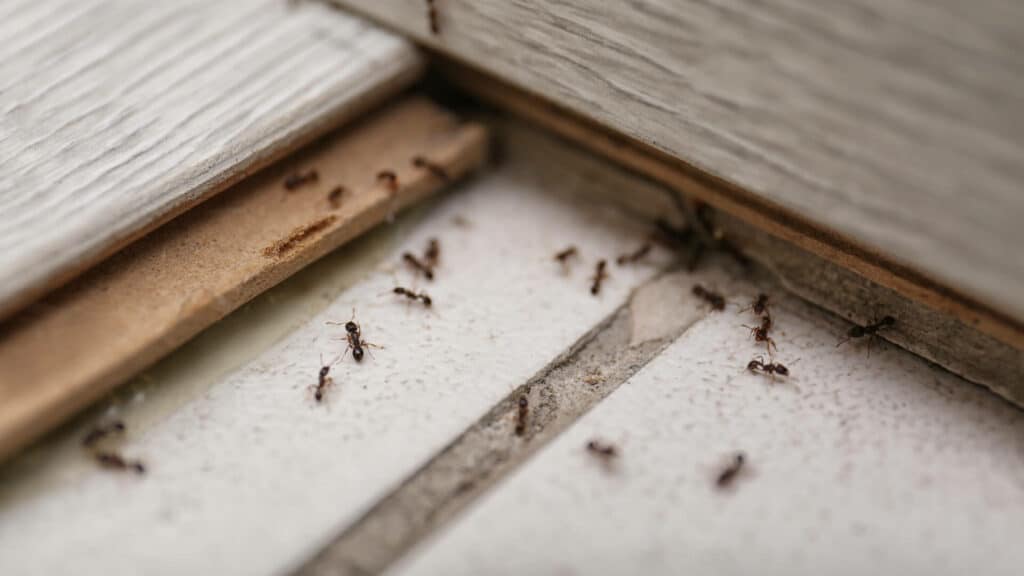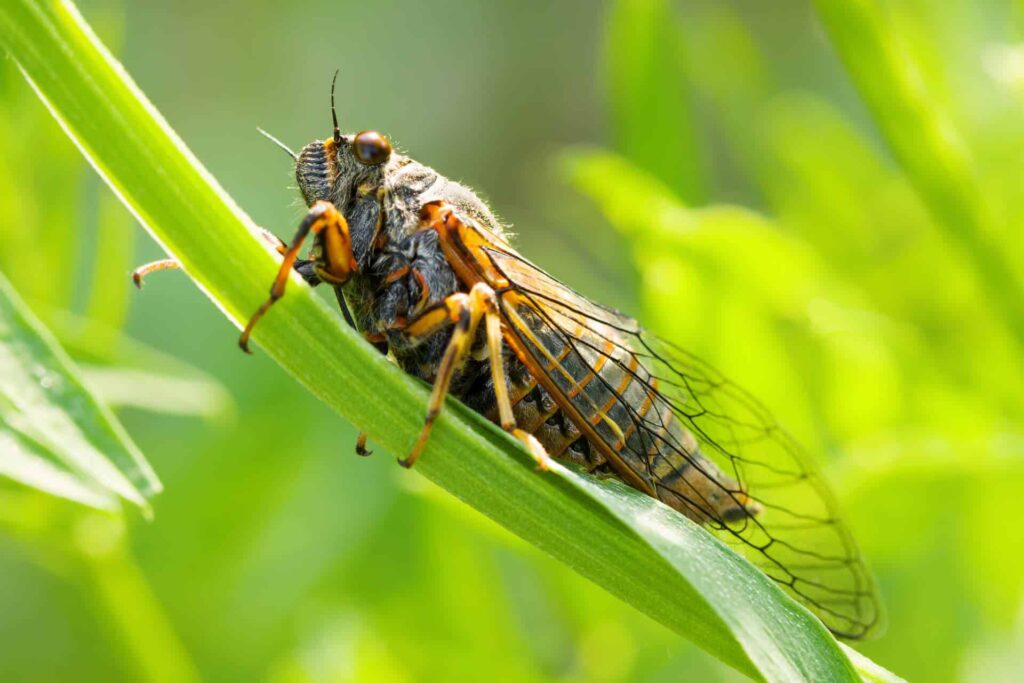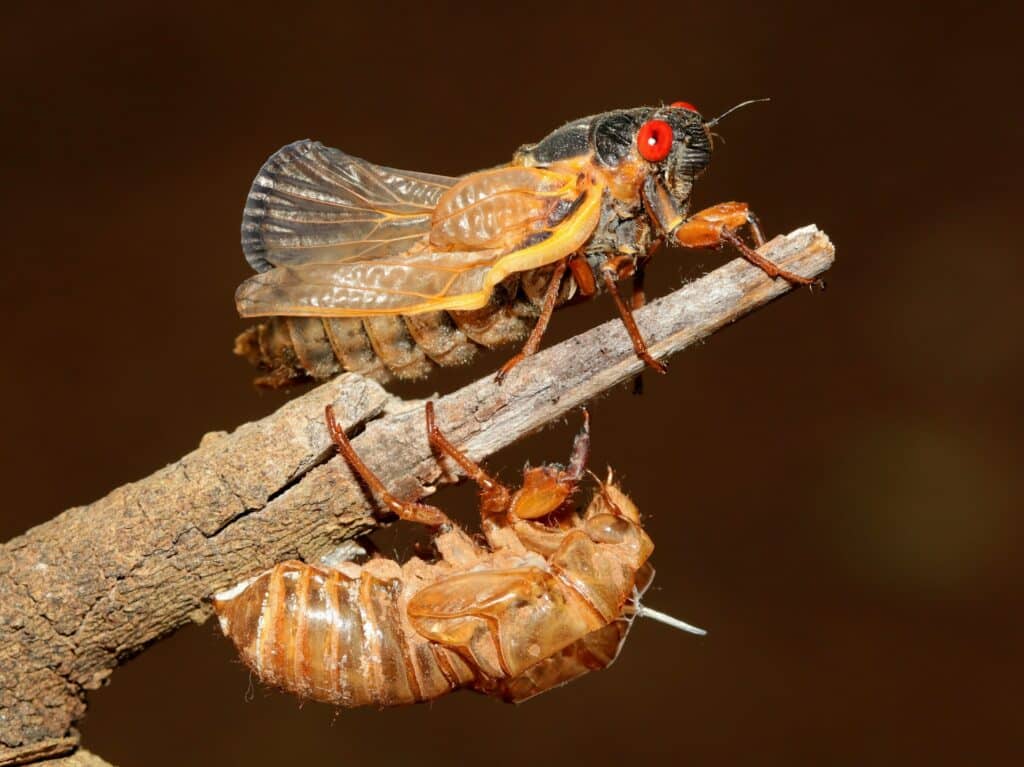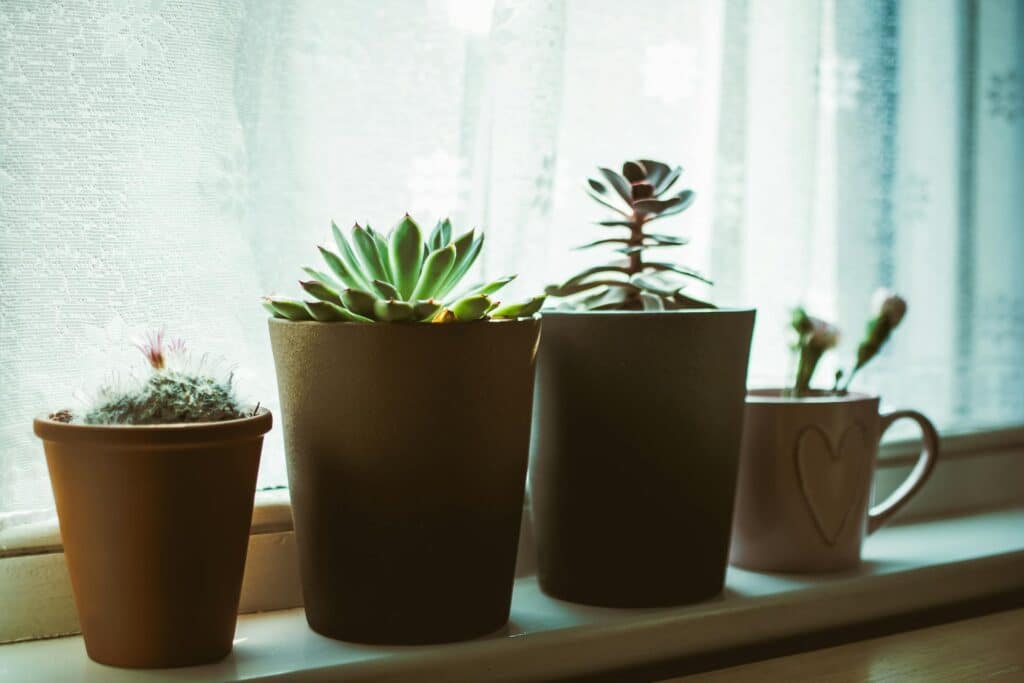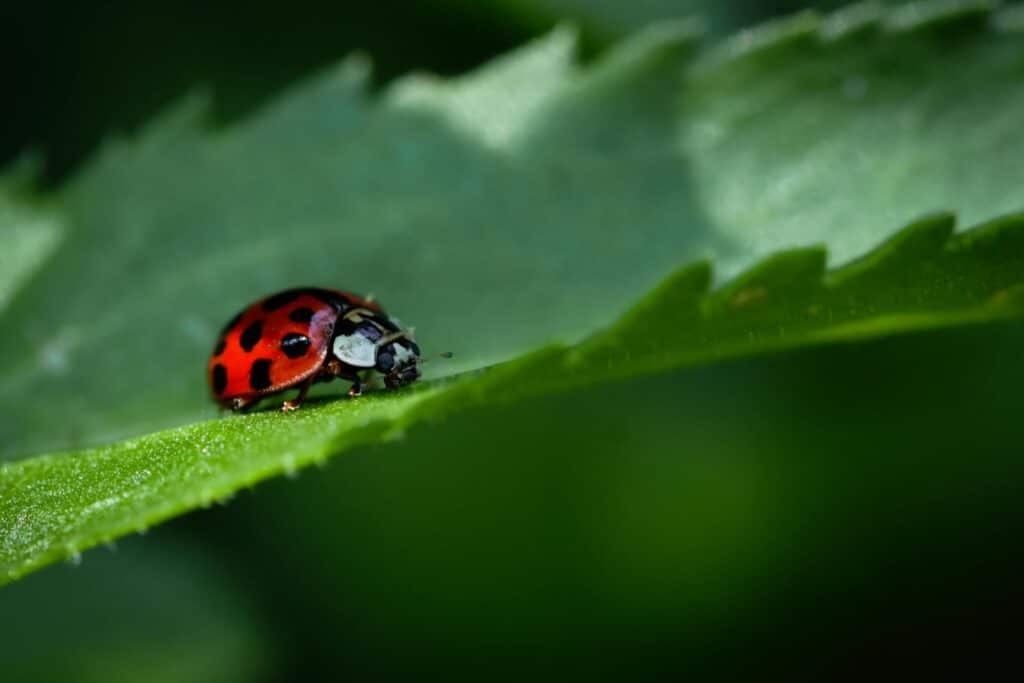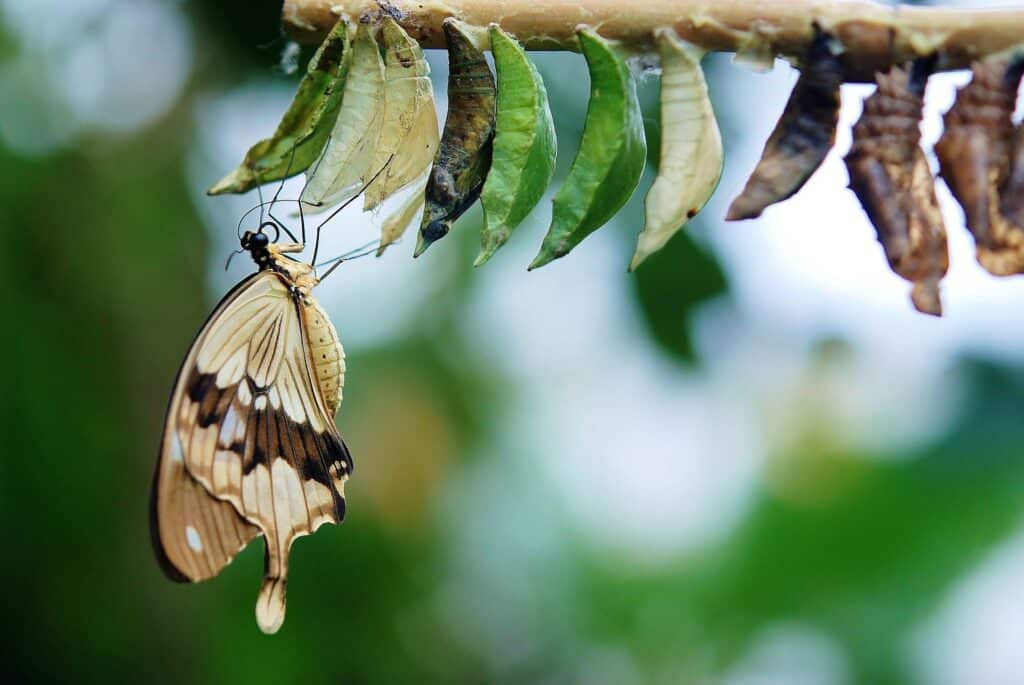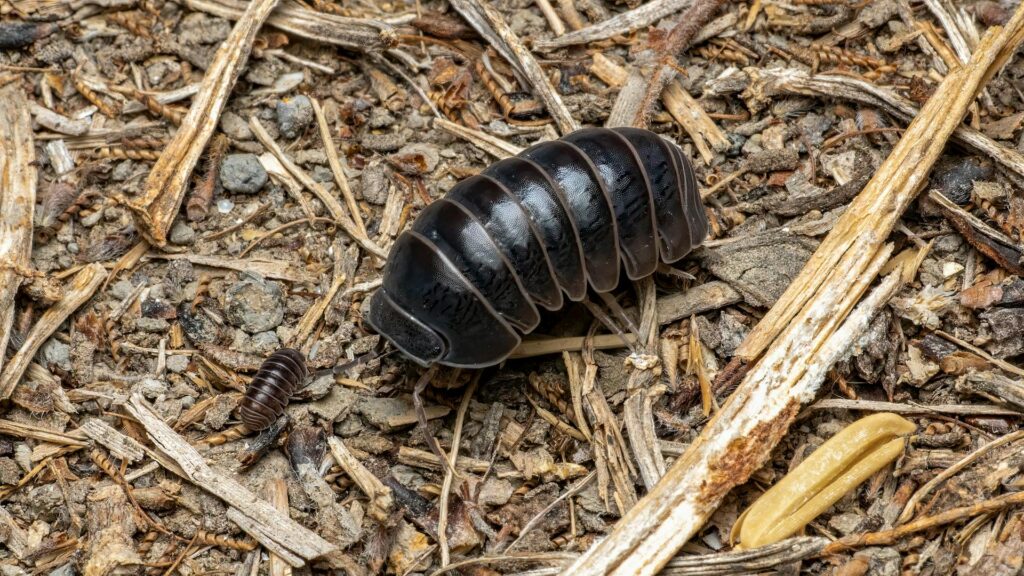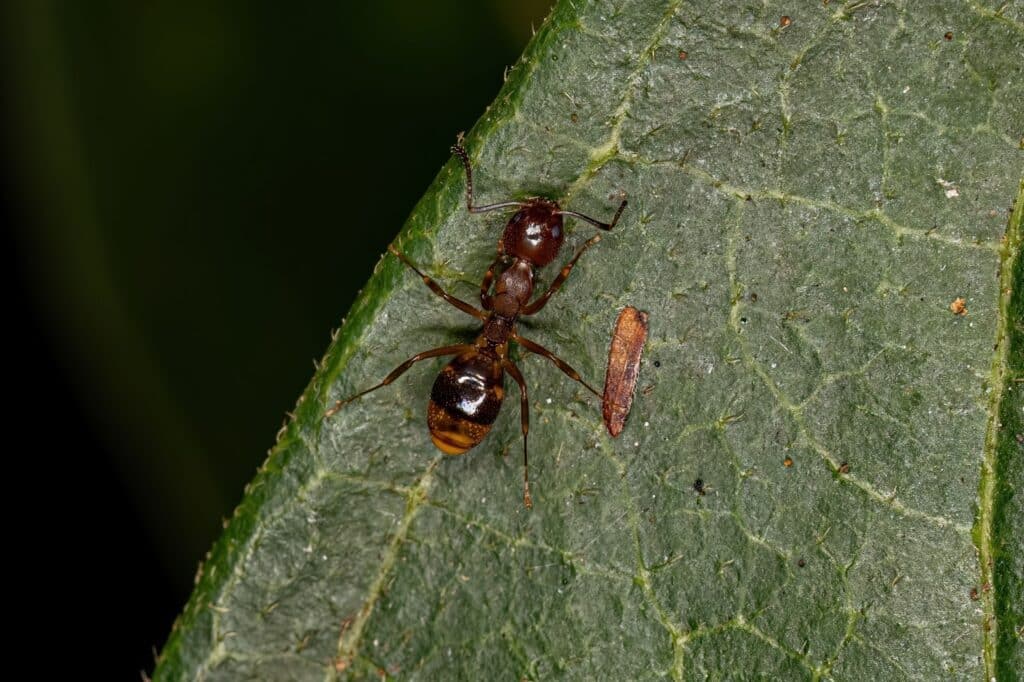
Finding odorous ants in your kitchen can be frustrating. These tiny pests are drawn to kitchens for several reasons, and knowing how to prevent odorous ants is key to maintaining a clean space without these invaders. This article will explore why odorous ants are particularly attracted to kitchens and provide practical tips for keeping them out through proper sanitation and natural deterrents.
What Are Odorous Ants?
Odorous ants, also known as sugar ants, are small, dark-colored ants that release a distinctive rotten coconut smell when crushed. They are attracted to sweet and greasy foods, making your kitchen an ideal target.
Common Attractants in the Kitchen
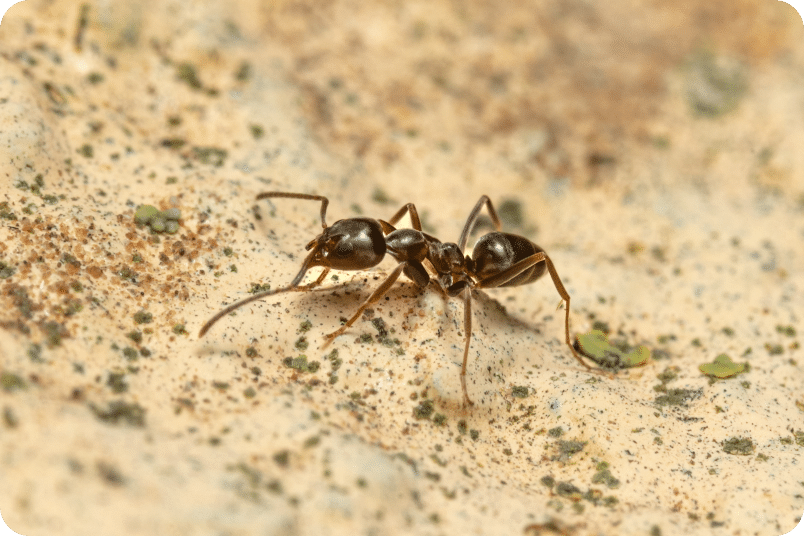
Odorous ants are particularly drawn to kitchens due to the abundance of food and water sources. Here are some common attractants:
Food Spills and Crumbs
Spilled food and crumbs on countertops, floors, and inside cabinets are major attractants for odorous ants. Even small amounts of food can draw them in.
Exposed Food
Leaving food out in the open, such as fruits, sweets, and leftovers, provides an easy meal for ants.
Standing Water
Odorous ants need water to survive. Leaky faucets, pet water bowls, and even damp dishcloths can attract them to your kitchen.
Dirty Dishes
Leaving dirty dishes in the sink or on the counter can attract odorous ants. The residue on plates and utensils is a food source for them.
Prevention Tips

Preventing odorous ants in the kitchen requires a combination of cleanliness and strategic deterrents. Here are some effective tips:
Maintain Cleanliness
Keeping your kitchen clean is the most effective way to prevent odorous ants.
- Wipe down surfaces: Regularly clean countertops, stovetops, and tables to remove food particles and spills.
- Sweep and mop floors: Do this daily to ensure no crumbs or spills are left behind.
- Clean under appliances: Food can accumulate under appliances like stoves and refrigerators. Make sure to clean these areas too.
Store Food Properly
Proper food storage can significantly reduce the risk of attracting ants.
- Use sealed containers: Store food, especially sugary and greasy items, in airtight containers.
- Refrigerate perishables: Keep fruits and other perishables in the fridge to avoid attracting ants.
- Cover pet food: If you have pets, make sure their food is covered and stored.
Fix Leaks and Eliminate Water Sources
Water is essential for ants. By eliminating water sources, you can deter them from entering your kitchen.
- Repair leaks: Fix any leaky faucets, pipes, or fixtures promptly.
- Dry sinks and counters: After use, ensure sinks and counters are dry.
- Empty pet bowls: Change water in pet bowls frequently, and avoid leaving them out overnight.
Regularly Dispose of Garbage
Ants are attracted to garbage due to the food waste it contains.
- Use sealed trash cans: Make sure to use sealed trash cans with tight-fitting lids to keep your trash secure.
- Empty trash regularly: Do not let garbage accumulate, and take it out frequently.
Use Natural Deterrents
Using natural deterrents may help keep odorous ants away.
- Vinegar and water solution: Wipe down surfaces with a mixture of vinegar and water. Ants dislike the smell of vinegar.
- Essential oils: Peppermint, tea tree, and lemon essential oils can repel ants. Mix a few drops with water and spray around entry points.
- Cinnamon and cloves: Placing these spices around your kitchen can deter ants due to their strong scents.
Keep Ants Out of Your Kitchen
You can keep ants out of your kitchen by maintaining cleanliness, storing food properly, eliminating water sources, and using natural deterrents. Regular inspections can also help catch issues early. However, a serious ant infestation may require professional pest control services to properly deal with the issue. For expert assistance in dealing with odorous ants, contact Aptive..
